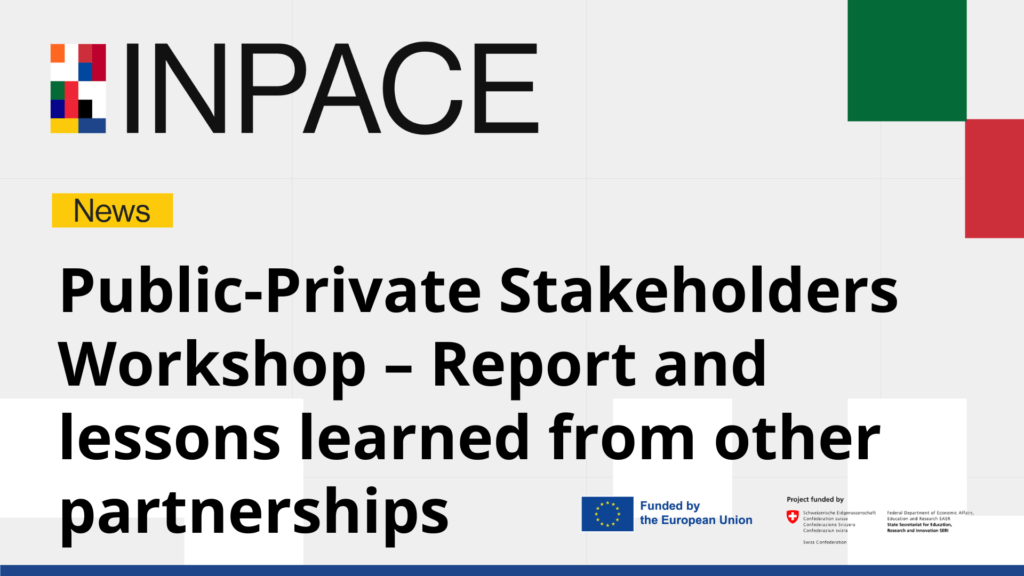
The European Commission recently published an insightful report about the public-private stakeholder workshop which took place last April ahead of the second EU-Japan digital partnership council. This report highlights what needs to be considered when so many countries and partners are involved. How do we actually engage stakeholders with a larger consortium?
The EU-Japan digital partnerships represent a significant stride towards enhancing global digital connectivity and addressing the digital divide. These partnerships are rooted in the EU’s Digital Compass strategy, aiming to make Europe a digitally connected continent by 2030. The focus areas of these partnerships encompass critical aspects of digital development, including skills, infrastructure, business and public service transformations, ensuring a fair, inclusive, and equal digital environment for all.
These collaborations aim not only to enhance bilateral relations but also to establish global standards and foster a secure digital space. The emphasis on core digital technologies and the commitment to cooperative efforts reflect the shared vision of leveraging digital advancements for the benefit of citizens and economies worldwide.
EU-Japan digital partnerships are pivotal in promoting digital innovation, security, and inclusivity. Through these initiatives, the EU and Japan are actively contributing to shaping a more interconnected and resilient digital landscape, setting precedents for global digital cooperation. Topics discussed a few months ago included: semiconductors, artificial intelligence, quantum, 5G/6G, submarine cables, data governance, online platforms, digital identity and cybersecurity. This report reflects the positive ambitions between Japan and the EU for digital technologies.
Workshop sessions
Under each of these sessions, the government first set the scene and provided an update on what had been undertaken so far in the context of the EU-Japan Digital Partnership, as well as what can be expected going forward. For the first three sessions (AI, Semiconductors, and Quantum) the EU side of the EU-Japan Digital Partnerships Funded by the European Union gave the overview for the government side. For the final three sessions, the Government of Japan gave the overview.
Following this government-level overview, the stakeholders then provided their input in the form of a structured 5-minute intervention. Under each session, there was a representative association from both the EU and Japan. Clear guidance was given ahead of the event that the focus for each presentation should:
- Shed light on any possible issues or suitable areas for cooperation to enhance EU-Japan digital cooperation.
- Present key suggestions or proposals for action in the context of the EU-Japan Digital Partnership work programme.
- Be concise, focused, and limited to 3-4 slides.
Fostering Digital Partnerships through multiple channels
A few months ago, the European Commission and Horizon Europe launched an ambitious project called ‘INPACE’. This initiative aims to reinforce the execution of Digital Partnerships with Japan, the Republic of Korea, and Singapore, alongside enhancing cooperation with India within the Trade and Technology Council framework. The goal is to establish a sustainable and dynamic multi-stakeholder Indo-Pacific European Hub, fostering a vibrant and interactive network about the future of digital technologies. After only a few months of this impressive project, it is interesting to learn how other collaborations involving many countries can improve and harmonise digital partnerships; to understand how each stakeholder contributes its expertise to co-create better results and maximise all stakeholders’ efforts.
